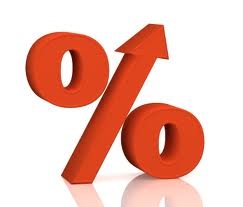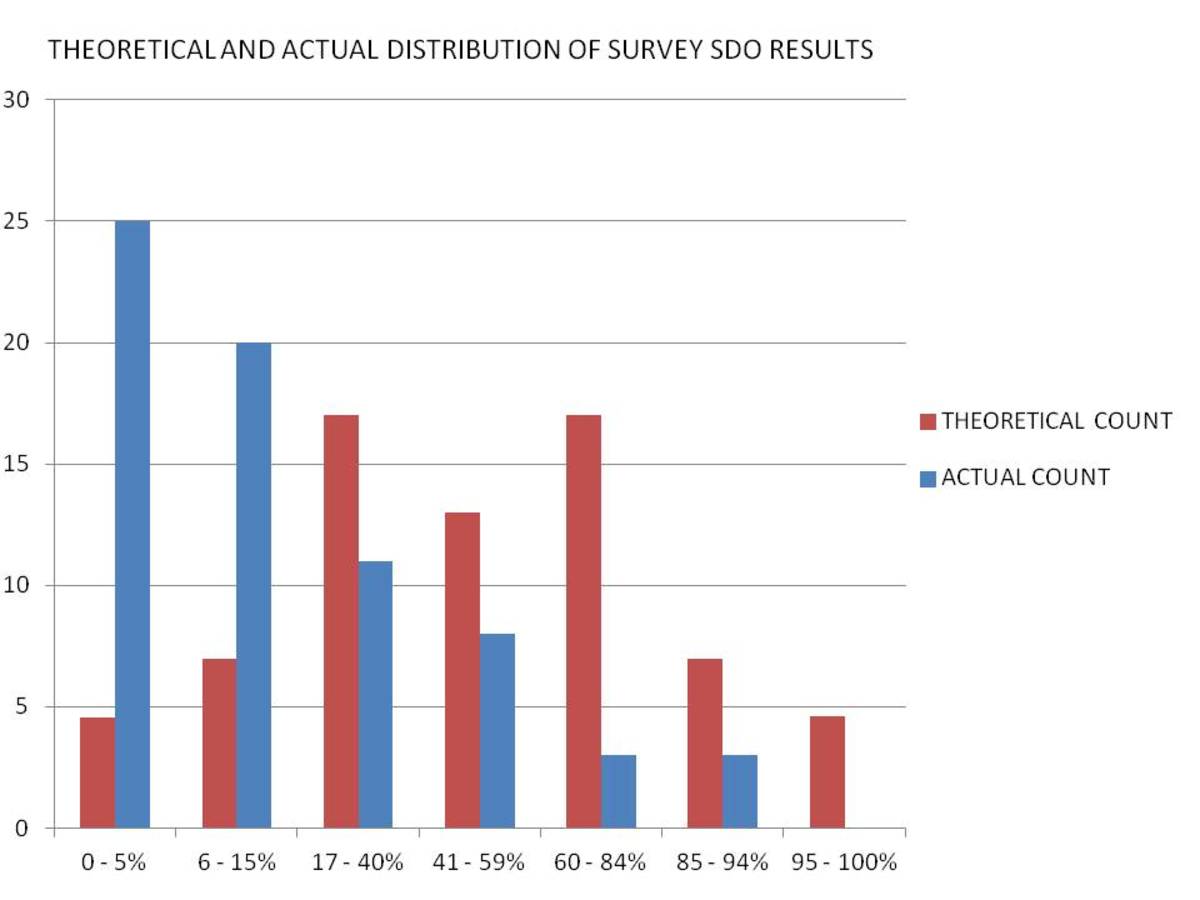High Interest Rate Investments in a Low Interest Rate Environment
High Interest Rate Investments

The United States Federal Reserve started raising interest rates modestly during 2015. But even the modest rate increases will continue the low interest rate environment in the United States for several years. Since the current low interest rate environment does not appear to be changing any time soon, investors that want to earn interest from their savings that is higher than the inflation rate (which is anywhere from 3% to 5% per year) need to think outside of the box to find high interest rate investments that pay high rates of return on deposited funds.
Many savings accounts in the United States currently provide less than 1% interest rates on deposited funds. Other conservative interest bearing investments, such as certificates of deposit (CDs) and money market accounts, only pay slightly more than 1% interest rates on deposited funds. Even United States federal government bonds currently pay interest rates that are at multi-decade lows; lower than the current inflation rate.
The allure of traditional conservative interest bearing investments, such as savings accounts, CDs, and United States federal government bonds is that they offer very low risk of loss of principal. But, in reality, investments in conservative financial products that offer interest rate returns below the current inflation rate are actually losing money since the buying power of the money generated by the low interest rate investments is reduced over time by inflation. This is why consideration of alternative high interest rate investments is important in the current low interest rate environment.
High Interest Rate Investments Options
For investors who are willing to think outside of the box and take on some additional risk, there are a number of alternative high interest rate investments that offer relatively high interest rates in comparison to the current low interest rate environment. While high interest rate investments are riskier than traditional conservative investments such as savings accounts, CDs, and United States federal government bonds, high interest rate investments can be made in a relatively safe manner by buying broadly based investment products, such as Exchange Traded Funds (ETFs) and mutual funds, that spread the risk of loss across a number of different interest bearing securities.
The following is a list of high interest rate investments that are offered as ETFs. This list is only a partial list of the high interest rate investments that are currently available to investors who wish to explore alternative avenues of earning higher rates of interest than can currently be earned via traditional interest earning conservative investments.
Note:The interest rates listed within the high interest rate investments below are constantly changing due to market forces, and are only a snapshot of what the high interest paying ETFs featured below were paying at the time of this writing.
- Junk Bond Funds - While Junk Bonds (below investment grade bonds) have a higher risk of default, junk bond investors are provided high interest payments to entice them to buy these high risk bonds. Investing in a Junk Bond ETF spreads the risk of a junk bond default over dozens of junk bonds, rewarding investors with high interest rate payments and relatively low risk of default. Barclays Capital High Yield Bond Fund (Symbol: JNK) offers a 7.40% annual interest rate.
- Municipal Bonds Funds - Municipal Bonds are bonds that are sold by municipal, county, and state governments throughout the United States. Municipal Bonds pay a wide range of interest rates, but some pay up to 7% in annual interest. The interest paid by Municipal Bonds is often free of local, federal, and state taxation, which makes the after tax yield from Municipal Bonds even more enticing to investors seeking high interest rate investments. Various Municipal Bond Funds are available that hold Municipal Bonds available within the entire United States or bonds offered by governmental bodies within individual states. The state focused municipal bond funds can offer the greatest tax advantages to in-state residents.
- Preferred Stock Funds - Preferred Stock Funds are funds that hold a basket of dividend paying preferred stocks. While owning preferred stocks exposes an investor to the risks associated with stock market volatility, preferred stocks are much less volatile than common stocks. The relative stability of preferred stocks and the fact that Preferred Stock Funds pay high interest rates, make these high interest rate investments attractive to investors seeking high interest from their investments. iShares S&P US Preferred Stock (Symbol: PFF) offers an annual interest rate of 6.33% and PowerShares Financial Preferred (Symbol: PGF) offers an annual interest rate of 7.00%.
- Hybrid Preferred Stock / Bond Funds - Hybrid Preferred Stock / Bond Funds invest in dividend paying preferred stocks, convertible debt securities, and convertible preferred securities with investment grade quality of BBB/Baa or better. The Nuveen Quality Preferred Income Fund 2 (Symbol: JPS) offers an annual interest rate of 7.67%.
- Emerging Market Sovereign Debt Funds - For investors looking to make high interest rate investments and to diversify their investments to emerging market countries, Emerging Market Sovereign Debt Funds are high interest bearing investment options to consider. Emerging Market Sovereign Debt Funds invest in both emerging market government and emerging market corporate bonds. PowerShares Emerging Markets Sovereign Debt (Symbol: PCY) offers an annual interest rate of 5.43% and Morgan Stanley Emerging Markets (Symbol: MSD) offers an annual interest rate of 5.20%.
- Global-X SuperDividend ETF (SDIV) – SDIV tracks 100 "super" high yielding companies worldwide that are included in the Solactive Global SuperDividend Index. SDIV offers an annual interest rate of 7.38%.
- Market Vectors Uranium & Nuclear Energy ETF (Symbol: NLR) – NLR is an ETF that invests in companies included in the DAX global Nuclear Energy index. NLR normally invests at least 80% of its total assets in equity securities of United States and foreign companies primarily engaged in various aspects of uranium and nuclear energy businesses. NLR offers an annual interest rate of 11.66%.
- PowerShares S&P 500 BuyWrite Portfolio (Symbol: PBP) - PBP is an ETF that uses the options market to generate income for the fund by selling call options. PBP tracks the CBOE S&P 500 BuyWrite Index. PBP invests at least 80% of its assets in common stocks included in the S&P 500 Index and writes (sells) call options for common stocks that it holds. PBP offers an annual interest rate of 10.11%.
- iShares FTSE NAREIT Mortgage Plus Capped Index Fund (Symbol: REM) - REM is an ETF that tracks the FTSE NAREIT All Mortgage Capped Index. REM invests at least 90% of its assets in securities and depositary receipts representing securities included in the tracking index, which includes the residential and commercial mortgage real estate, mortgage finance, and savings associations sectors of the United States equity market. REM generates income from distributions made by the securities and depositary receipts the fund holds. REM offers an annual interest rate of 11.36%.
- PowerShares KBW High Dividend Yield Financial Portfolio (Symbol: KBWD) - KBWD is an ETF that tracks the KBW Financial Sector Dividend Yield Index. KBWD invests at least 80% to 90% of total assets in securities associated with financial companies included in the tracking index. KBWD offers an annual interest rate of 10.76%.
Risks Associated With High Interest Rate Investments
There are risks associated with investing in ETFs and mutual funds that are high interest rate paying investments. While high interest paying ETFs and mutual funds mitigate the risk of total loss of investment principal by investing in numerous securities and financial products to spread the risk of loss amongst many interest bearing securities and financial products, investors contemplating such investments need to understand that high interest paying ETFs and mutual funds are subject to market forces and can lose value, if their underlying assets lose value. While the higher interest earned may offset any losses from market gyrations, there are no guarantees that the principal invested in high interest paying ETFs and mutual funds will not be lost.
Disclaimer: This article was not written by a financial professional or a registered financial advisor. This article is for informational purposes only, and is not intended to be solicitation or recommendation to purchase any ETFs or securities mentioned herein. Please consult a registered financial advisor to ensure you understand the risks and rewards associated with buying and selling ETFs, mutual funds, and other financial products that are high interest rate investments.
Investing Books
© 2012 John Coviello








